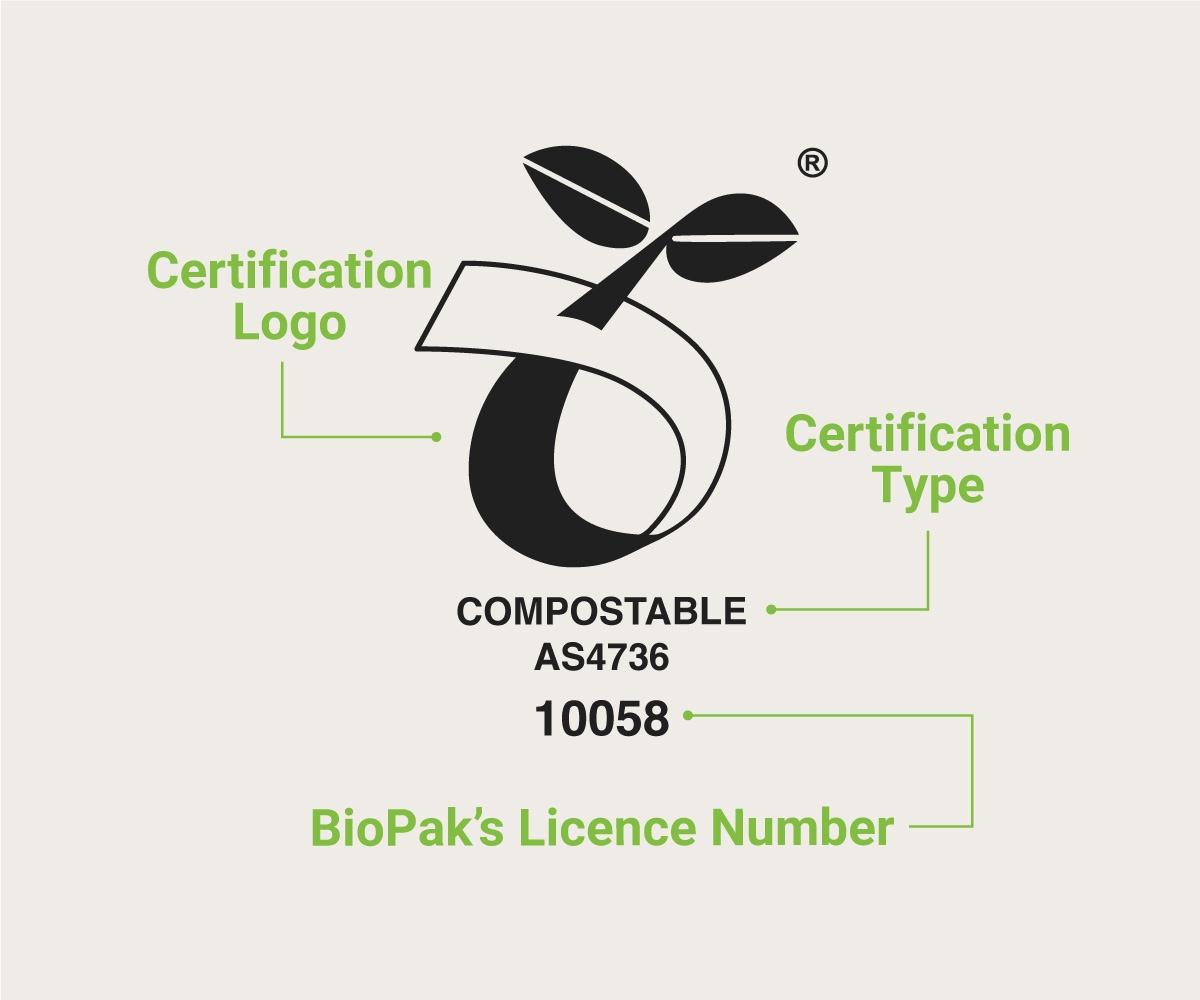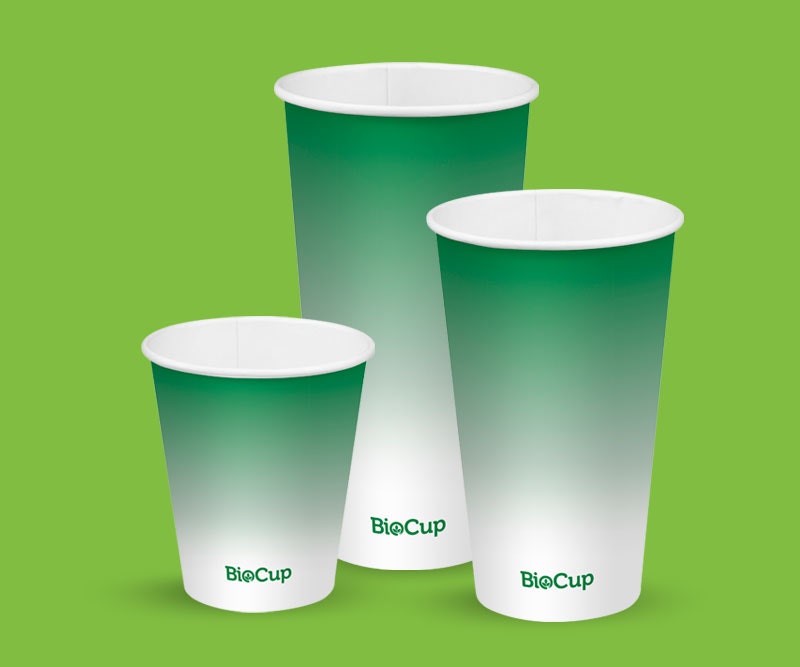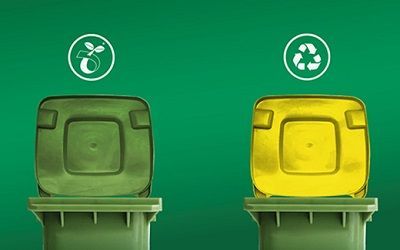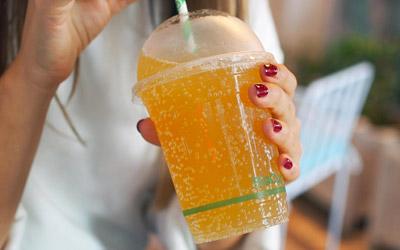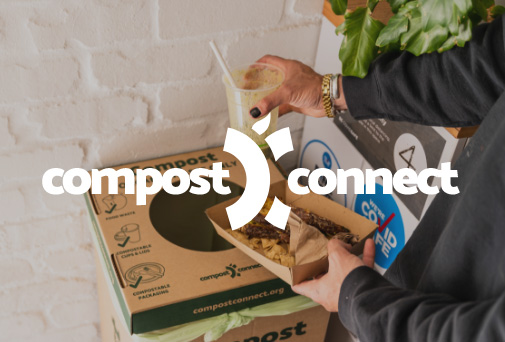Are bioplastics good for the environment?
Bioplastics are considered better for the environment than conventional plastics made from finite fossil fuels. PLA bioplastic is made from renewable plant based resources, making it industrially compostable to Australian and European Standards (AS4736, EN13432).
Yes, BioPak PLA bioplastic is made from plants, not oil. Plants are rapidly renewable and better for the environment, whereas oil is finite and its extraction, processing and conversion into products may have negative effects on people’s health and the environment.
Yes. BioPak PLA products will biodegrade through an industrial composting process within 12 weeks and completely biodegrade after six months and are certified to Australian and European Standards (AS4736, EN13432).
How much energy is required to create PLA?
According to an independent analysis by
NatureWorks, producing PLA requires 52% less non-renewable energy (NREU) than traditional polymers like polystyrene. Read our peer
reviewed and published eco-profile for the complete data set.(source).
Can bioplastic be used for hot food and drinks?
There are different types, our coffee cup lids and bioplastic lined paper products are suitable for hot drinks, whereas our clear bioplastic cups and bowls must be stored out of direct sun and below 35°C. If stored correctly, they have a 12-month shelf life.
Is PLA good for the circular economy?
A lower carbon footprint and less energy required in production are just some of the reasons PLA aligns with the circular economy. The best bit? PLA comes from natural resources and can be returned to the earth naturally through the industrial composting process, mirroring the cradle-to-cradle model of the circular economy.
What are some of the advantages and disadvantages of bioplastics?
There are many benefits to bioplastics as they offer a more environmentally friendly solution to conventional plastic. They’re made from renewable resources, have a lower carbon footprint and require less energy.
But there are some disadvantages of bioplastics and PLA. For starters, PLA packaging is often more expensive than conventional plastic (at least for now). It’s also certified commercially compostable (AS4736) but not certified home compostable (AS5810). This means the conditions and temperature of home composts will not break down PLA bioplastics.
In saying that, as technology evolves we hope to see bioplastic transform into a fully home compostable resource. NatureWorks (world-leading biopolymers supplier) is getting close to a breakthrough with the incorporation of polyhydroxyalkanoate (PHA) with PLA. PHA may be the future of bioplastic — a tough, durable and potentially home compostable product. Watch this space.
Yes. Our PLA products are food safety certified – we list all product certification on the category page, including the food safety certifications.




















